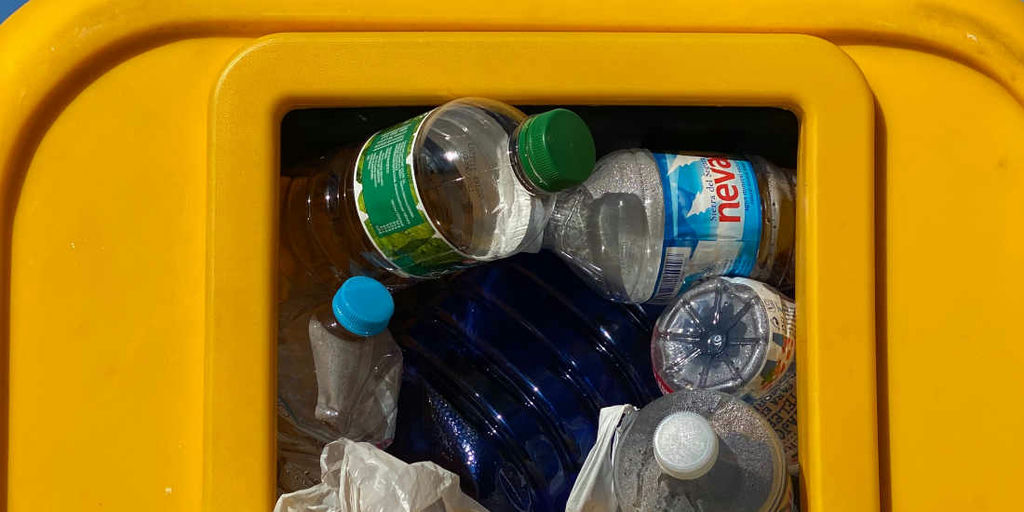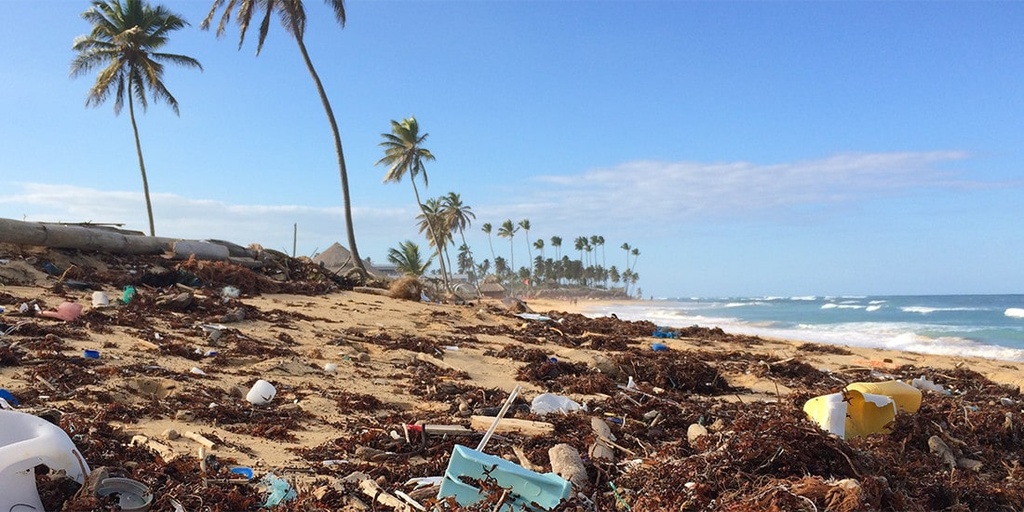Recycle plastic properly
- Earth Points
- 5
- Ease
- Easy

Photo by pepe ceron-balsas on Unsplash
Description
What we can and cannot put in our recycling bins can be confusing, especially when it comes to plastic. Some say it has intentionally been made confusing.
Fortunately, the many different types of plastic can be separated into seven categories. But how do we know which is which? Look for the chasing arrows recycling triangle with the numbers 1 to 7. If it is a 1 or 2, it likely can be recycled. If it is higher, probably not, but check for your area.
The particularly frustrating thing about plastic recycling is that most of it cannot be recycled. Do not be fooled by companies that try to hide behind the recycling logo and hope that people do not realize there is little or no chance of their product being recycled. A whopping 91 percent of plastic is not recycled. Then what is not recycled often takes hundreds of years to decompose before it can become something useful again.
So, what do each of the recycling symbol numbers mean exactly?
1: PET or PETE (Polyethylene Terephthalate) — Commonly found in drinks bottles and food packaging. Can be recycled easily in most places.
2: HDPE (High-Density Polyethylene) — Used in milk bottles and containers for cleaning products. Commonly recycled.
3: PVC or V (Polyvinyl Chloride) — There are two types of PVC. The more rigid form is used for window frames, drainage pipes, and bank cards. The more flexible type can be found in toys, food wrap, and electrical insulation. This type of plastic cannot be recycled.
4: LDPE (Low-Density Polyethylene) — LDPE is a highly versatile plastic found in everything from clingfilm to squeezy bottles to dry cleaner garment bags. It is not recycled in many places but is becoming more common, so check locally.
5: PP (Polypropylene) — Some examples of things made from PP are bottle caps, yogurt containers, and straws. This type of plastic is recycled in some places and can be reused.
6: PS (Polystyrene) — PS is used in disposable food and drink containers and packing materials. It is not commonly recycled.
7: Other — This category is used for any plastic that does not fit into the previous six categories. As such, it can be difficult to recycle since the plastic types can vary from nylon fabrics to DVDs to car parts. Check locally to see if it can be recycled.
Be informed so that you know what items can be recycled. The more we include only that which can be recycled, the more effective and economical recycling is.
Tips
• Check with your local government agency or waste collection company about which types of plastic they accept. Usually, a quick search online will help you figure it out.
• After you figure out what is accepted, consider keeping a list of the seven plastic types above your recycling bin and highlight the acceptable ones.
• It is generally acceptable if there is a little food residue on recyclable items. On the other hand, if the plastic is covered with lots of food, rinse it off, or it may not get recycled. Check locally to confirm the policy.
• Now that you know that a lot of plastic with the recycling logo cannot actually be recycled, try to avoid those products when possible. Especially for items that you buy regularly.
• Remember! Never put your recycling in a plastic bag. These are not recyclable and may cause the items inside to not be recycled.
